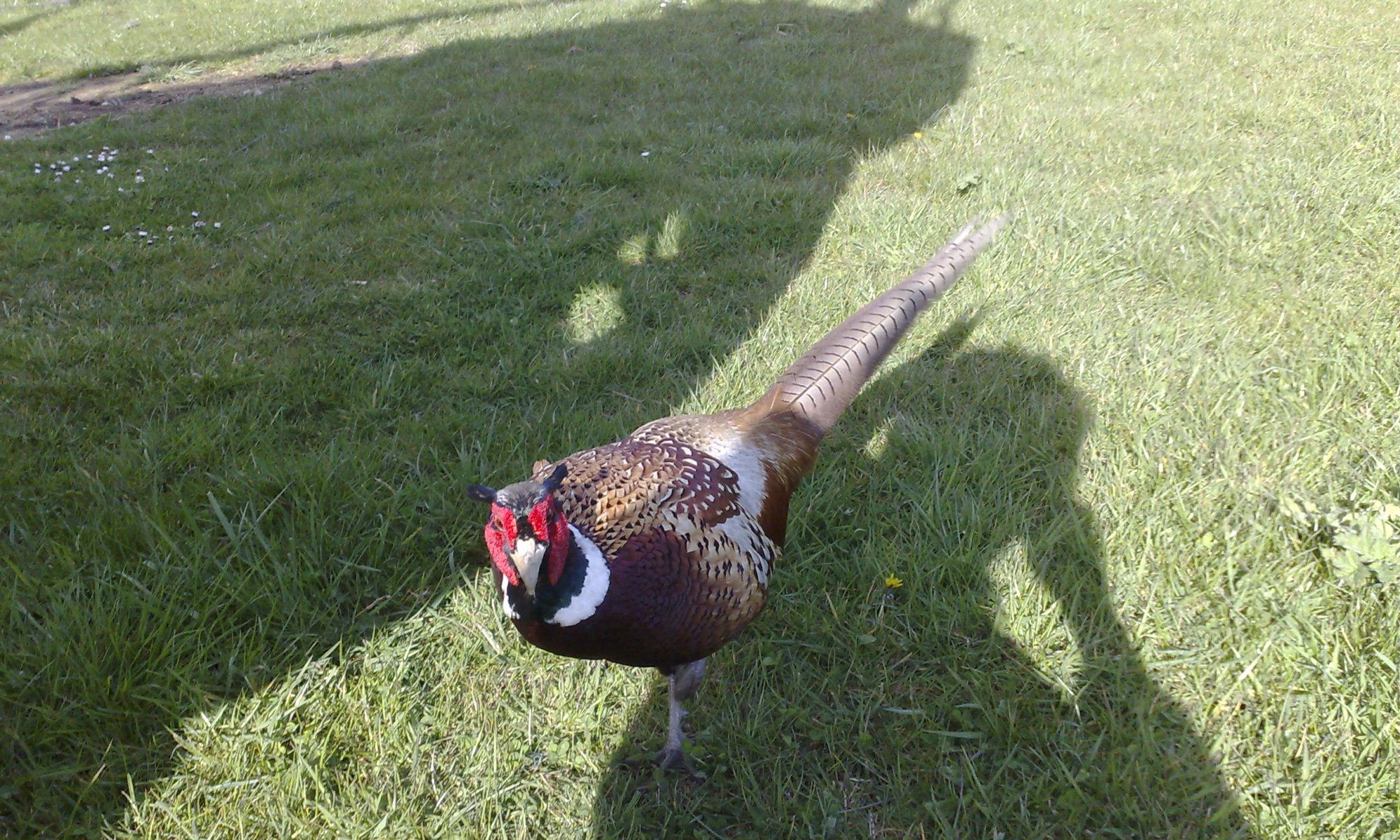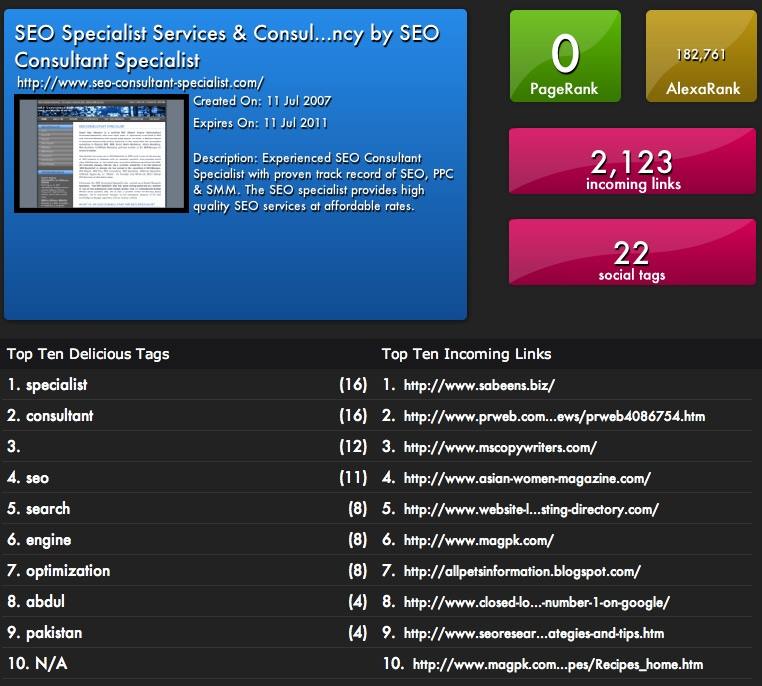Introduction to SEO
When SEO started, SEO wasn’t called SEO. It was best described by those who practiced it as a form of hacking.
The early search engines weren’t the best , so it was relatively easy to figure out their sorting algorithms. There was a time when Infoseek’s algorithm was almost entirely based on keyword density and keyword position.
I’m sure many SEOs remember those days with a sense of nostalgia. It was more of a pure technical pursuit back then.
As search engines got more sophisticated, and more money flowed online, the nature of the game changed. SEO moved beyond technical hacking to an exercise in making connections.
In Googles early days, you could build a couple of high PR (Page Rank) Links and that was enough to get you ranking top ten. (Click here is you want to read the current status on PR) Add a few more if you really wanted to go hard. It’s clear to see we haven’t completely left the era of High PR but it’s clear to see their has been a shift away from this method.
Today a holistic approach is required to capitalize on SEO.
Get your head round current SEO
If you’re starting out in SEO now, Don’t try and cover it all at once it’s going to take a while.
It helps to understand the big picture first. The reason people engage in SEO is about making money, Driving visitors to your site, Building your online presence, and increasing your search ranking.
They want people to connect with them, rather than their competitors.
They want people to find their web site.
They want people to do this so they can convert these people to buyers, of their goods, their services, or their ideas. If a site were only to rank, on keyword terms no-one searched for, or that weren’t directly applicable to the objectives of the business, then the SEO work is largely useless.
So SEO isn’t solely about rankings.
The rankings must translate to something tangible. In most cases, this means gaining qualified visitor traffic.
A low bounce Rate
To get this traffic, a site must do more than rank, a site must appeal to visitors. To appeal to visitors, the SEO must first understand them.
Once the SEO provider understands what is available to the visitor and what the aim is of the Employer of the SEO provider, relevant traffic can be driven to he relevant sections of a site.
If for instance we are providing SEO for a company that sells Crockery there’s no point providing quality seo for plates and the visitor arriving at the home page and then having to find that information within the site. We want to send the visitor straight to the most relevant part of the site relating to Plates.
Please share your thoughts and ask some questions in the comments as I’m looking to keep this post updated and added to.



